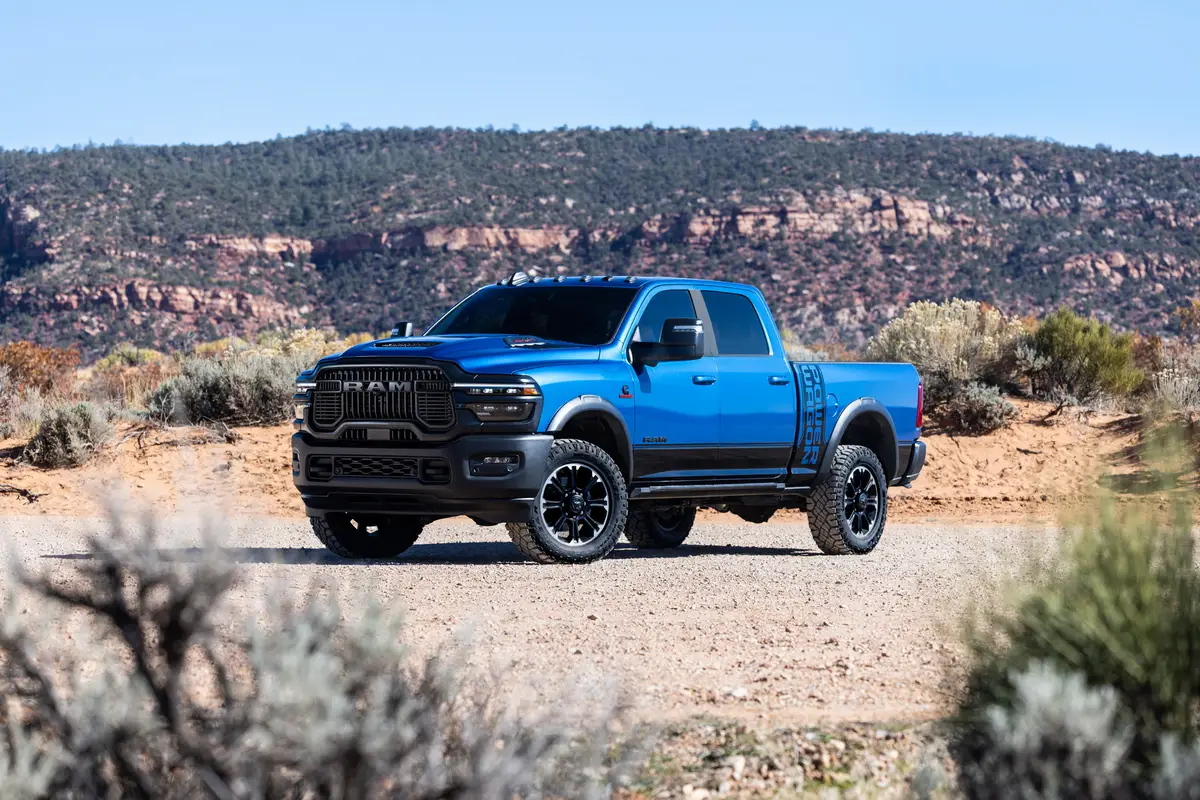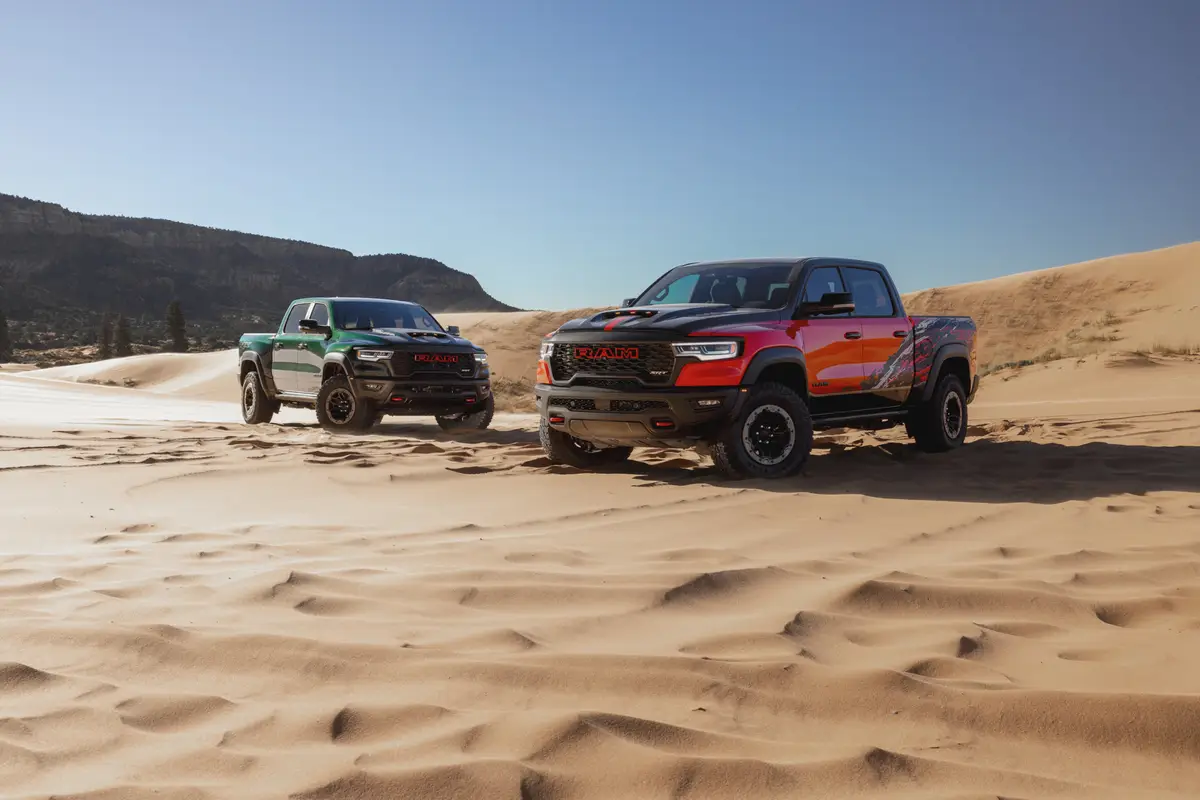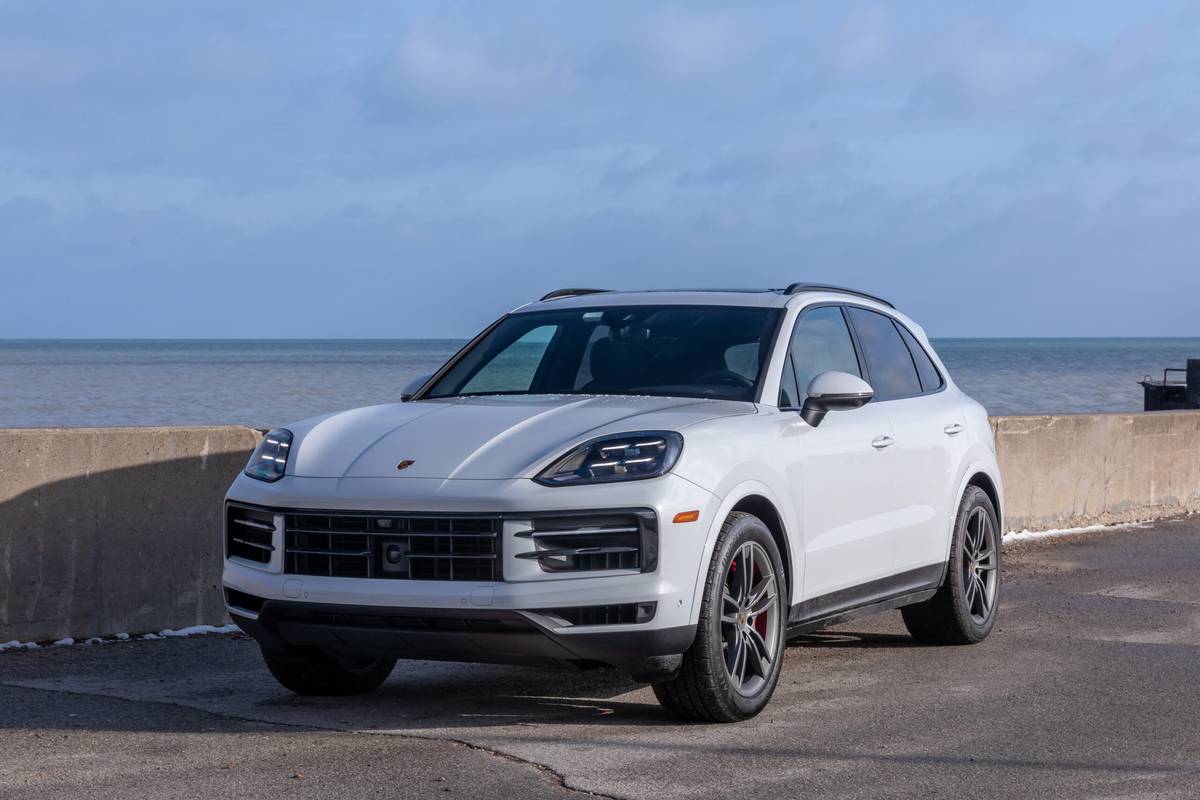KansasCity.com's view
The Mini Cooper’s retro style and diminutive size make it as charming as a Labrador puppy, but for folks who want slightly more space, there’s the Clubman.
Mini Coopers are fun to drive and get good gas mileage, but some folks need more room. Enter the Clubman.
The Clubman has roots in the original Morris Mini Traveller, Austin Mini Countryman and Mini Clubman Estate.
In 2007, BMW unveiled the second-generation Mini with a new body, revised interior and a new engine. The redesigned Mini drives much like the previous generation, which is to say it handles like a grown-up go-kart with roll-up windows and a roof.
The Clubman is 9.45 inches longer, and the wheelbase is 3.15 inches longer. Three more inches of legroom isn’t a big deal, but it is just enough to make the back seat usable by adults. A rear-hinged, half-size door similar to one on compact pickup trucks makes it easier to get into the back seat.
Around back, dual swing-open doors give access to the cargo area. Arguments will abound about whether the dual doors are handier than a swing-up hatch. I like them, except that the center post obscures rear vision.
BMW, owner of the Mini, indicated in its press materials “the Mini Clubman paves the way into a totally new market segment, offering new opportunities for the Mini brand and showcasing.”
The 2008 Clubman comes in two models. The basic vehicle starts at $20,600 while the turbocharged Cooper S starts at $24,100. An even hotter John Cooper Works Clubman, with 208 horsepower, will be priced at $31,450.
The Cooper and Cooper S both use 1.6-liter, four-cylinder engines with variable valve control. The base-model engine has 120 horsepower and propels the Mini to 60 miles per hour in 8.5 seconds. The top speed is 126 mph.
The turbocharged Cooper S produces 172 horsepower, scampers to 60 mph in 6.7 seconds and has a top speed of 139 mph.
Fuel economy ratings for the base model are 28 miles per gallon in the city and 37 on the highway, while the Cooper S is rated at 26 mpg in the city and 34 on the highway.
The base engine in the test car delivered more than enough spunk. The six-speed manual transmission has a tight shift linkage that makes it enjoyable to use. A six-speed automatic is optional.
Aside from the larger exterior, the biggest change you will notice about the new Mini is its interior. The basic configuration, with a center speedometer and a tachometer mounted on the steering column, remains. The new design, however, is less pleasing. The speedometer is larger, and that’s OK, but the secondary switches for radio and climate control are harder to work and the shapes are contrived. Dash-mounted toggle switches have grown in number, and not all of them are clearly marked.
I prefer having window switches on the door panels.
The test car was equipped with an optional multi-panel sunroof.
Price
The base price of the test vehicle was $20,100. Options included the sport package, panoramic sunroof, heated seats, piano black interior trim and the leather steering wheel with fingertip controls for cruise and audio. The sticker price was $24,350.
Warranty
Four years or 50,000 miles with three years or 36,000 miles of free maintenance.
Latest news



